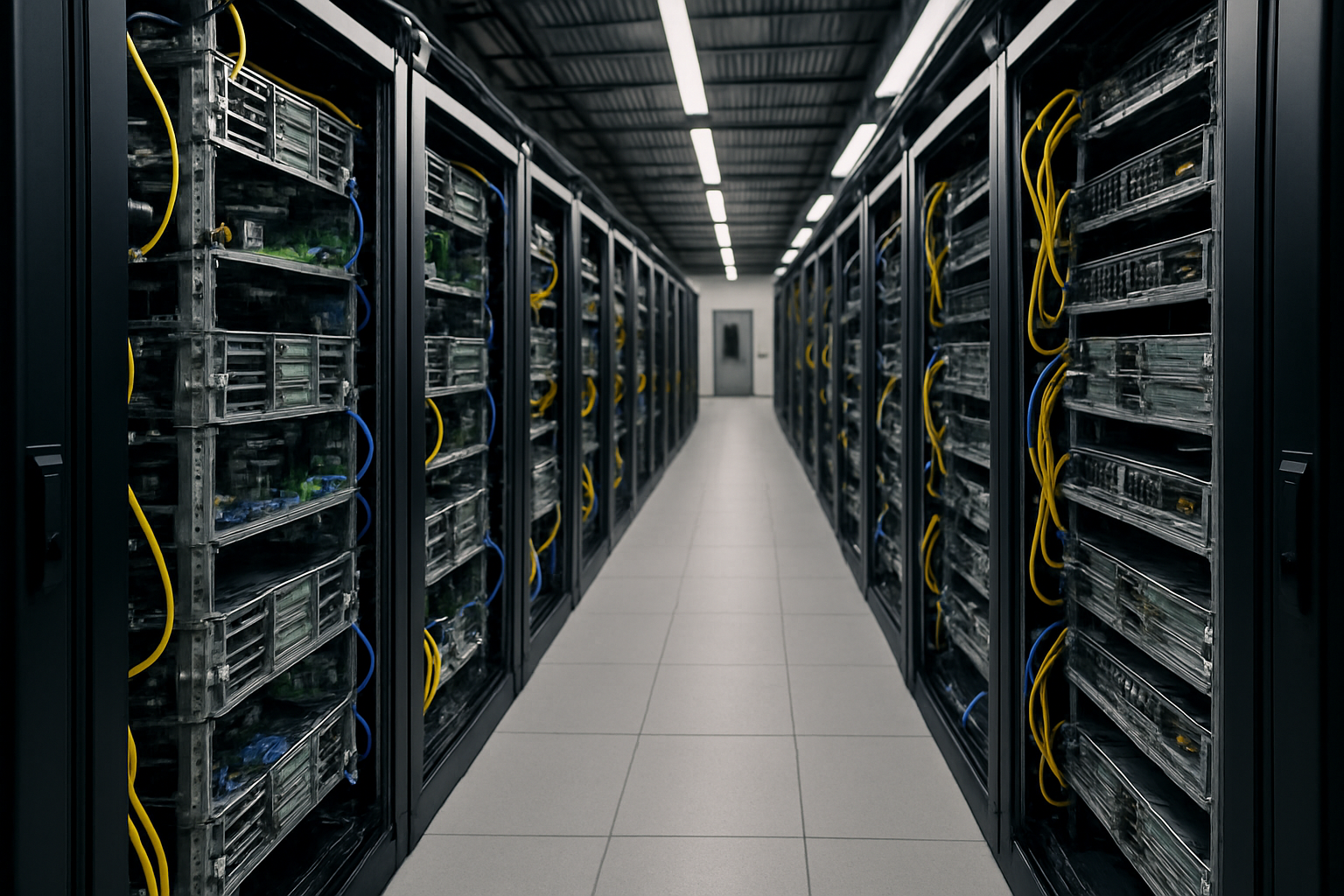Open Hardware Servers: Opportunities and Risks for Enterprises
Open hardware servers: redefining enterprise infrastructure
The rise of open hardware servers is transforming the way enterprises approach IT infrastructure. By relying on open specifications, companies reduce vendor dependency while gaining flexibility in hardware sourcing and design. This model fosters transparency and helps organizations control costs in environments where scalability and adaptability are critical.
Opportunities in adopting open systems
Adopting open hardware brings a set of benefits that go beyond financial savings. Enterprises can optimize systems for specific workloads, from AI and big data to cloud-native applications. Open standards also encourage collaboration across the industry, accelerating innovation in energy efficiency and sustainability. For businesses seeking competitive advantage, open solutions provide an opportunity to customize and evolve infrastructure faster than traditional vendor-locked systems.
Risks and limitations for enterprises
Despite the advantages, moving to open hardware involves challenges. Vendor support is often limited compared to proprietary solutions, which may complicate troubleshooting. Compatibility can become a barrier when integrating open servers with existing legacy systems. Security, while enhanced by transparency, also requires stronger internal governance to avoid vulnerabilities. Enterprises considering this model must balance flexibility with the responsibility of maintaining stable and secure operations.
Balancing flexibility and reliability
Enterprises with strong IT expertise are well-positioned to benefit from open systems, while others may adopt hybrid models that combine open hardware servers with traditional vendor-backed infrastructure. This balance allows organizations to innovate where flexibility is most valuable, while ensuring reliability in mission-critical areas. The trend suggests a future where open servers play a larger role, supported by maturing ecosystems and stronger community standards.
Source: DataCenterKnowledge

